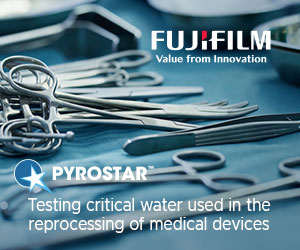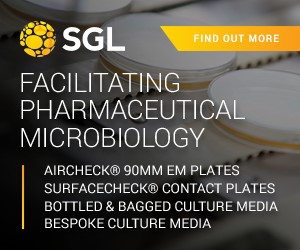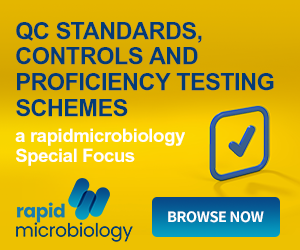ID Five Candida Sp. Directly from Positive Blood Cultures in 90 Mins
| AdvanDx has received FDA 510(k) clearance for a fast, 90 minutes protocol for its Yeast Traffic Light® PNA FISH® test. The faster protocol reduces the PNA FISH turn-around time from the original 2.5 hours to 90 minutes by reducing PNA probe hybridization from 90 minutes to 30 minutes. Clinical validation studies performed at hospitals in the United States demonstrated excellent equivalence between the 90 minutes protocol, the original PNA FISH protocol and conventional identification methods, ensuring the faster protocol maintains the very high sensitivity and specificity required versus slower, conventional methods. References:Candidemia, a bloodstream infection caused by Candida species is one of the most serious hospital acquired infections, afflicting over 24,000 patients in the U.S. every year. Immunocompromised transplantation, oncology and AIDS patients are especially at risk for contracting the infection with mortality rates as high as 50%.1 While identification of the infecting Candida species is used to guide effective antifungal therapy, conventional laboratory methods can take up to 5 days or longer.2 Therefore, patients are often treated empirically either with fluconazole, a relatively inexpensive, generic antifungal agent, or with an echinocandin, a new class of antifungal drugs that have broad activity against Candida species but are also substantially more expensive. As a result, patients often receive inappropriate, inadequate or sometimes unnecessarily broad therapy. Yeast Traffic Light PNA FISH is the only FDA cleared method that can identify, in a single test, up to five Candida species directly from positive blood cultures including C. albicans and/or C. parapsilosis, C. tropicalis, and C. glabrata and/or C. krusei. Studies show that Candida species display varying resistance to commonly used antifungal agents. While C. albicans and C. parapsilosis are generally susceptible to the antifungal drug fluconazole, C. tropicalis may display intermediate resistance to the drug while C. glabrata and C. krusei display the highest level of fluconazole resistance.2 At the same time, recent reports indicate that echinocandins may be less potent against C. parapsilosis.3 As a result, Yeast Traffic Light PNA FISH was designed to provide identification of critical Candida species in hours instead of days, enabling clinicians to optimize antifungal drug selection much earlier for patients with candidemia. A study performed by Della-Latta et al. at Columbia University Medical Center demonstrated that rapid PNA FISH results led to an early switch to caspofungin, an echinocandin, for 81% of patients with C. glabrata patients treated empirically with fluconazole. The rapid results also led to an early switch to fluconazole for 70% of patients with C. albicans infections treated empirically with caspofungin. Based on the study results, the authors concluded that the PNA FISH test 'can impact the appropriate selection of the most effective antifungal therapy, thereby making it a clinically relevant diagnostic assay.'4 With the introduction of the 90 minutes PNA FISH protocol, laboratories will now be able to further improve turn-around times for critical results and thereby help clinicians further improve care for patients with candidemia. 'The FDA clearance for Yeast Traffic Light PNA FISH completes our ambitious initiative to transition all PNA FISH tests to the shorter, 90 minute protocol in just six months' said Thais T. Johansen, President and CEO of AdvanDx. 'Hospitals can now obtain accurate, actionable species identification results for the most common bloodstream pathogens in just 90 minutes, enabling clinicians to improve antimicrobial therapy, care and outcomes for their patients,' Johansen concluded. 1. Spellberg et al. Current Treatment Strategies for Disseminated Candidiasis. Clin. Infec. Dis. 42: 244-251. 2005 2. Fridkin et al. The changing face of fungal infections in health care settings. Clin Infect Dis. 2005 Nov 15;41(10):1455-60 3. Forrest et al. Peptide nucleic acid fluorescence in situ hybridization-based identification of Candida albicans and its impact on mortality and antifungal therapy costs. J. Clin. Microbiol. 2006 44: 3381-338 4. Della-Latta et al. Impact of Rapid Identification of C. albicans and C. glabrata Directly from Blood Cultures using PNA FISH Technology on Selection of Antifungal Therapy. Poster 1382. ECCMID 2008. Barcelona, Spain. 5. Al-Rawajfah et al. Incidence of and Risk Factors for Nosocomial Bloodstream Infections in Adults in the United States. Infect. Control Hosp Epedimiol. 2009 Nov; 30(11):1036-44 |
NOTE: This item is from our 'historic' database and may contain information which is not up to date.
Source : AdvanDx View archived contact details
Posted on July 30, 2010






